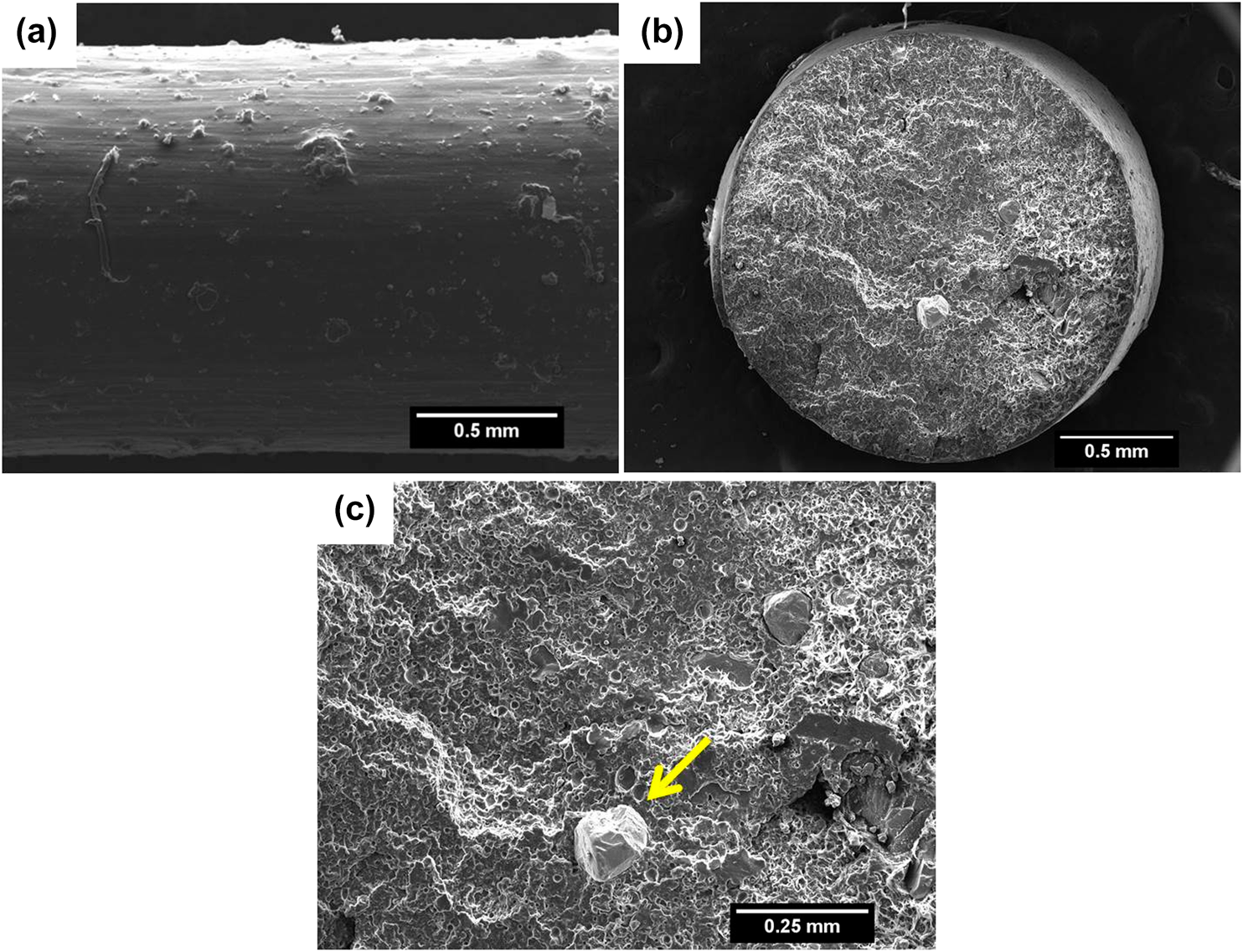Crossref Citations
This article has been cited by the following publications. This list is generated based on data provided by
Crossref.
Liakos, Ioannis L.
Mondini, Alessio
Dottore, Emanuela Del
Filippeschi, Carlo
Pignatelli, Francesca
and
Mazzolai, Barbara
2020.
3D printed composites from heat extruded polycaprolactone/sodium alginate filaments and their heavy metal adsorption properties.
Materials Chemistry Frontiers,
Vol. 4,
Issue. 8,
p.
2472.
Jain, Keerti
Shukla, Rahul
Yadav, Awesh
Ujjwal, Rewati Raman
and
Flora, Swaran Jeet Singh
2021.
3D Printing in Development of Nanomedicines.
Nanomaterials,
Vol. 11,
Issue. 2,
p.
420.
Sá, Alexandro S.
Feitosa, Rodrigo P.
Honório, Luzia
Peña-Garcia, Ramón
Almeida, Luciano C.
Dias, Juliana S.
Brazuna, Lorena P.
Tabuti, Thiago G.
Triboni, Eduardo R.
Osajima, Josy A.
and
da Silva-Filho, Edson C.
2021.
A Brief Photocatalytic Study of ZnO Containing Cerium towards Ibuprofen Degradation.
Materials,
Vol. 14,
Issue. 19,
p.
5891.
Costa, Isabella LM
Pereira, Paulo HF
Claro, Amanda Maria
Amaral, Nayara Cavichiolli do
Barud, Hernane da Silva
Ribeiro, Rosinei Batista
and
Mulinari, Daniella Regina
2023.
3D-printing pen from valorization of pine cone residues as reinforcement in acrylonitrile butadiene styrene (ABS): Microstructure and thermal properties.
Journal of Thermoplastic Composite Materials,
Vol. 36,
Issue. 2,
p.
535.
Heemakshi
Manikanika
and
Chopra, Lalita
2024.
Smart Materials and Manufacturing Technologies for Sustainable Development.
p.
243.
Cai, HongXin
Lee, Min‐Yong
Kim, Kwang‐Mahn
Jiang, Heng Bo
and
Kwon, Jae‐Sung
2025.
Evaluation of the Mechanical and Biological Properties of Polycaprolactone Scaffolds Produced by a Material Extrusion 3D Printer or 3D Pen: A Novel Bone Repair Strategy.
Journal of Biomedical Materials Research Part B: Applied Biomaterials,
Vol. 113,
Issue. 1,
Brito, Guilherme Castro
Sousa, Gustavo Fernandes
Santana, Moises Virgens
Aguiar Furtado, André Sales
E Silva, Millena de Cassia Sousa
Lima Verde, Thiago Ferreira Candido
Barbosa, Renata
Alves, Tatianny Soares
Reis Vasconcellos, Luana Marotta
Sobral Silva, Leonardo Alvares
Freitas Viana, Vicente Galber
Figueredo-Silva, José
Maia Filho, Antônio Luiz Martins
Marciano, Fernanda Roberta
and
Lobo, Anderson Oliveira
2025.
In Situ Printing of Polylactic Acid/Nanoceramic Filaments for the Repair of Bone Defects Using a Portable 3D Device.
ACS Applied Materials & Interfaces,
Vol. 17,
Issue. 9,
p.
13135.
Rocha, Rafael Lisandro P.
Morais, Alan Ícaro S.
Araujo, Francisca P.
Honório, Luzia Maria C.
Silva, Marcos P.
Furtini, Marcelo B.
Vieira, Ewerton G.
da Silva-Filho, Edson C.
and
Osajima, Josy A.
2025.
Enhanced Photocatalytic Performance of TiO2@Er-Hydroxyapatite Composite for Cationic Dye and Drug Removal.
ACS Omega,
Vol. 10,
Issue. 6,
p.
5351.



